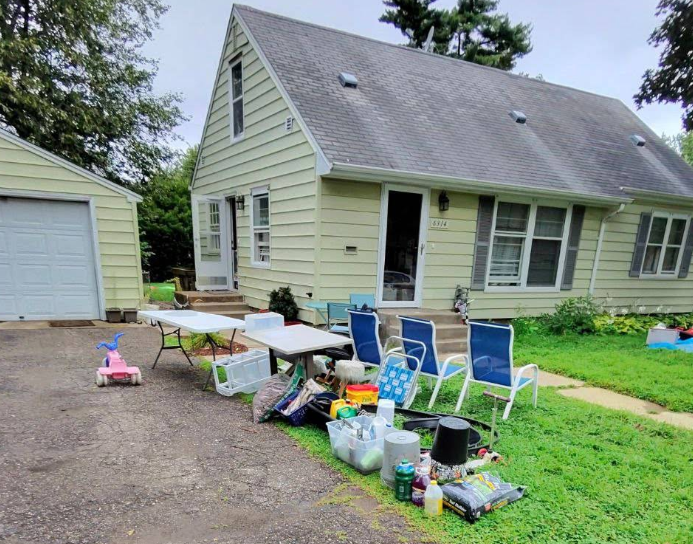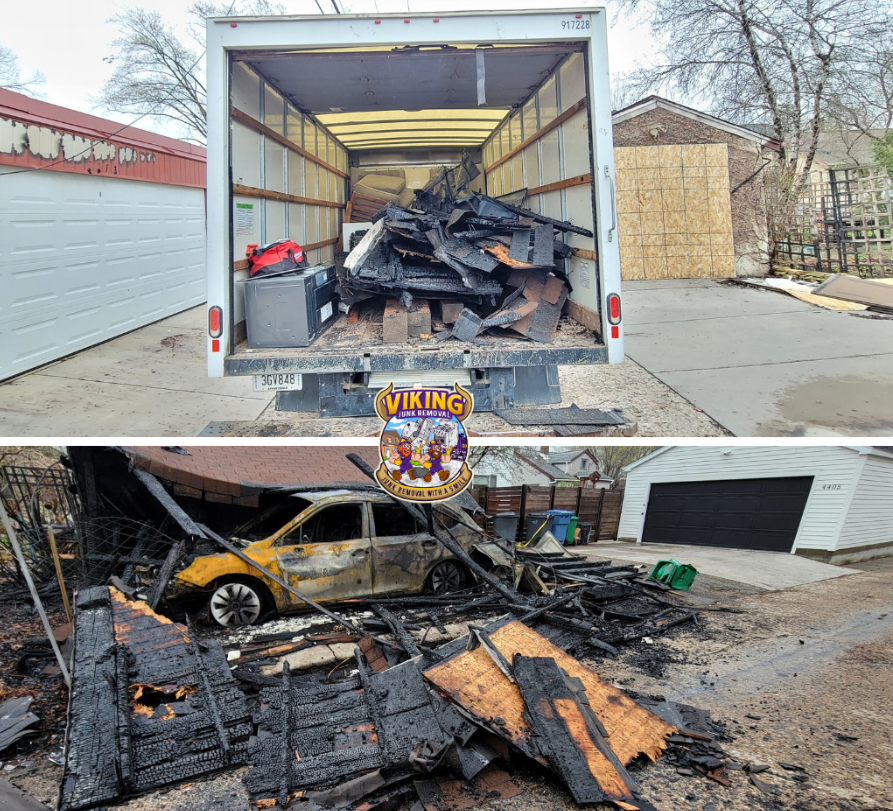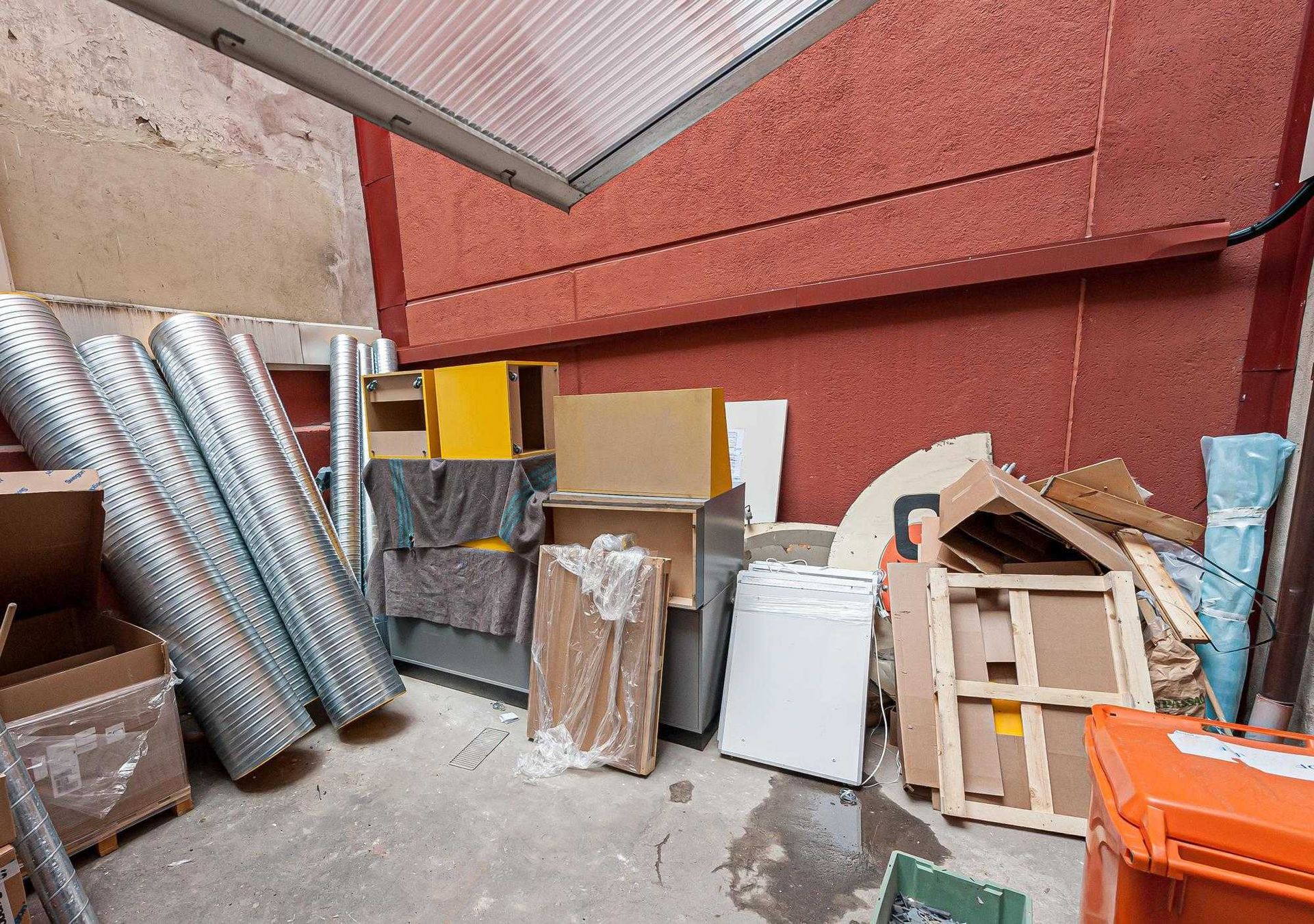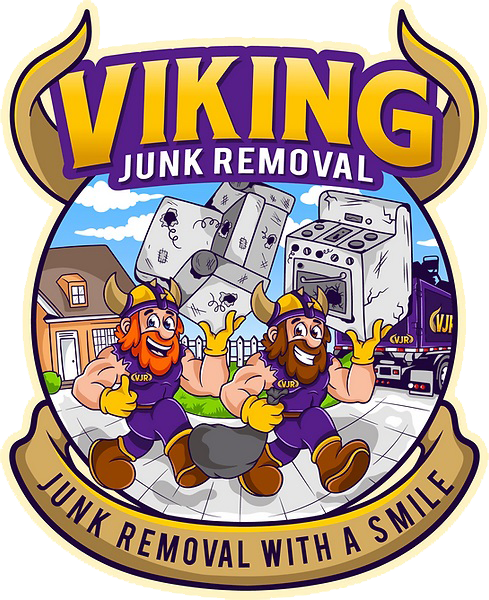How to Prepare for a Foreclosure Cleanout
Walking into a foreclosed property is never just about junk and debris. There is a ghost of a story hanging in the air, and preparing for that atmosphere makes all the difference. It is easy to think of a foreclosure cleanout as a transactional task, but the truth is, it demands a quiet respect for what once was a home. Before stepping across that threshold, steady yourself for what you might find left behind, because cleaning out a foreclosed house touches more than just furniture.
Balancing emotional sensitivity with logistical precision will guide every decision you make throughout the cleanout. Sometimes, unexpected personal belongings are uncovered, or you might find sudden repairs are needed before removing certain items. Approaching the work with compassion softens the edges of what can otherwise feel like a stark and mechanical duty.
Survey the Property Thoroughly Before Making a Plan
Before diving into a foreclosure cleanout, taking the time to survey the entire property is an absolute must. Each foreclosure property presents unique challenges that can be easily missed if you rush into the process. From hidden mold and dampness in basements to unstable floors or toxic substances tucked behind walls, a thorough inspection allows you to assess the property's condition and identify potential hazards early on.
As you explore, keep an eye out for structural issues that may pose safety risks or obstacles during the cleanout. A full survey gives you a clearer sense of the scope of the job and helps you understand where extra attention and caution are needed. With proper documentation, like taking photos of damaged areas or hazards, you’ll have a reference to guide your team through the entire cleanup, ensuring a smooth process from start to finish.
Make a Prioritized Strategy for Item Removal
When it comes to removing items from a foreclosure property, efficiency and safety are key, and a well-thought-out strategy is the best way to achieve both. Rather than diving straight into the pile of junk, start by prioritizing what needs to go first. Begin with large, cumbersome items that are hard to move, such as heavy furniture, old appliances, or broken-down structures. These items may block pathways and complicate access to smaller debris.
Next, consider fragile or hazardous items like glassware, chemicals, or sharp objects that require careful handling. Sorting through the property in a methodical way helps prevent unnecessary clutter, keeps your team safe, and ensures that your efforts remain focused on removing the most challenging obstacles first. The more thoughtful your approach, the less time and energy you’ll waste later on dealing with unanticipated challenges.
Gather the Right Equipment for the Foreclosure Cleanout
Entering a foreclosure cleanout without the right tools is a surefire way to increase the workload and risk injuries. Think of your tools as your armor for the job, protecting both yourself and the property. At the very least, you’ll need heavy-duty trash bags, sturdy gloves, steel-toed boots, crowbars, and dolly carts to handle large items. Additionally, respirators for dust masks are essential when dealing with mold or years of dust accumulation.
Don’t forget utility knives for cutting through debris or packaging, and lifting straps to protect your back when moving bulky
furniture. It’s not just about having the tools—knowing how to use them properly is equally important. Using a dolly cart to move large appliances, or employing a lifting strap to distribute weight evenly, helps ensure safety and efficiency. With your gear prepared, you can approach the cleanout with confidence and efficiency, ensuring fewer setbacks along the way.
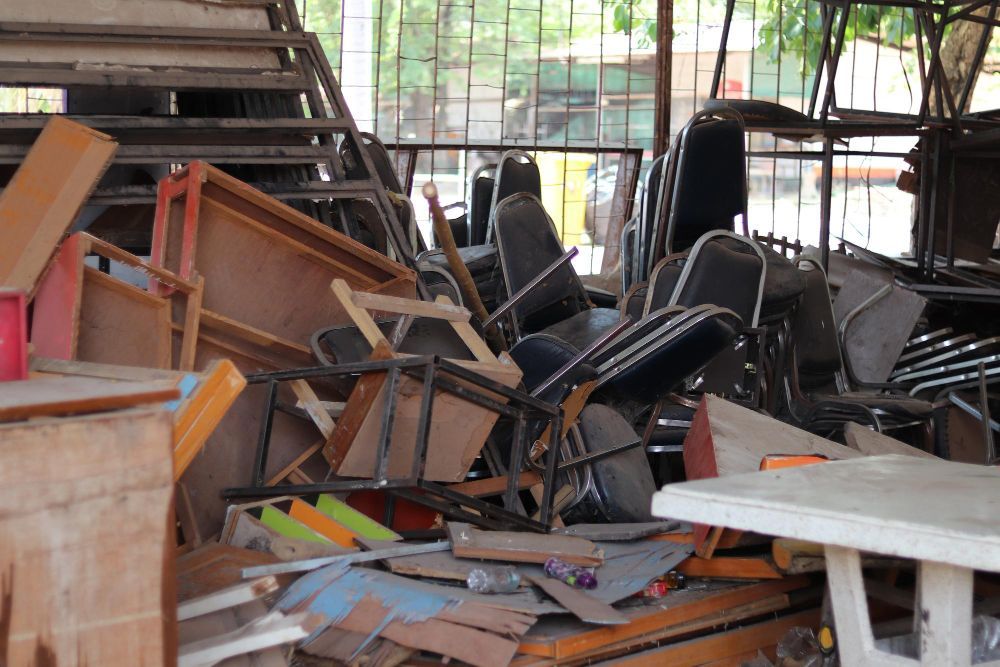
Understand What Must Be Salvaged Versus Disposed
A critical part of any foreclosure cleanout is determining what to keep and what to toss. Some items that seem like junk at first glance could have value with a little cleaning, repair, or repurposing. For example, furniture, old electronics, or appliances in good condition may be salvageable, either for resale or donation. It’s essential to separate the items that could benefit someone else from the true trash. Not only does this reduce unnecessary waste, but it also helps avoid regrets later on when you realize something you discarded could have been useful.
However, this process goes beyond mere donation; hazardous materials, such as old paint, chemicals, or broken electronics, need to be handled with care and disposed of properly. Balancing the need to dispose of unwanted items and preserving those worth salvaging is a delicate task, but it ensures you’re making responsible decisions during the cleanout process.
Coordinate Hauling and Disposal Ahead of Time
Planning the logistics of hauling and disposal is an often overlooked but crucial part of the foreclosure cleanout process. You don’t want to waste time figuring out where to take the debris after you’ve started clearing the property. Before beginning the cleanout, contact local waste management facilities to understand their policies, including any restrictions on the materials they accept and whether you need to schedule a drop-off.
Renting a dumpster or hiring a junk removal service can help streamline the process by ensuring that large quantities of waste are handled quickly and efficiently. It’s also important to make arrangements for special disposal needs, such as hazardous materials or bulky items that require a different handling process. When you’ve got the logistics lined up in advance, you can focus entirely on clearing the property without worrying about where everything will go when the job is done.
Protect Yourself from Potential Health Hazards
The hidden dangers lurking in a foreclosure property can pose serious health risks if not properly addressed. Mold, asbestos, and exposed wires are just a few of the potential hazards you might encounter. Broken glass, sharp metal, and toxic chemicals can also present significant threats. Before embarking on the cleanout, protect yourself with the right gear, including gloves, steel-toed boots, and respirators.
Mold can be especially dangerous, and it’s often hidden behind walls or under flooring, so take extra precautions in areas that appear damp. If you come across large amounts of debris, infested spaces, or hazardous materials like old cleaning products or paint, don’t risk handling them without proper safety equipment. If the situation seems out of your depth, consider calling in professionals who specialize in hazardous waste disposal or pest removal. Proper preparation is key to ensuring that you stay safe and healthy throughout the cleanout process.
Communicate Clearly if Working with a Team
When multiple people are involved in a foreclosure cleanout, clear communication becomes the foundation for a successful project. Without a plan and strong communication, tasks can quickly become chaotic, and safety can be compromised. Before the cleanout begins, ensure that everyone involved understands their roles and responsibilities. This includes discussing the safe handling of hazardous materials, setting up specific guidelines for lifting and moving large objects, and establishing emergency procedures in case something goes wrong.
During the cleanout, maintain open communication with your team about progress, challenges, and any obstacles that arise. A regular check-in helps keep the momentum going and ensures that everyone remains on the same page. Strong communication ensures that the job gets done safely, efficiently, and on time, and that everyone is aware of what needs to be done next.
Leave the Property Safe and Presentable
A foreclosure cleanout isn’t finished until the property is not only cleared but also made safe and presentable for its next occupants. Once the debris has been removed, take the time to sweep the floors, wipe down surfaces, and remove any lingering dust or cobwebs. It’s essential to ensure that there are no sharp objects or hazards left behind that could cause injury. Making the space presentable is particularly important if you intend to sell the property or hand it over to new owners.
A clean, well-maintained space gives a more positive impression and allows future residents to better envision their own use of the property. While the focus during the cleanout is on removing the junk, the final step of making the property safe and welcoming plays a critical role in the overall success of the project. Taking the extra time for this last touch transforms a chaotic space into one with potential.
Know When to Call Professional Help
Recognizing when a foreclosure cleanout is beyond your capabilities is a sign of strategic thinking, not defeat. Some properties may present challenges that require specialized expertise, such as extensive hoarding, dangerous chemical spills, structural damage, or large volumes of debris. If the scope of the cleanout exceeds your ability or the tools you have on hand, it’s time to call in professionals.
Professional foreclosure cleanout services are equipped with heavy-duty equipment and trained personnel who can handle the toughest tasks with efficiency and safety. Hiring an experienced team can save you time, reduce stress, and minimize the risk of injury or property damage. Sometimes, the best approach is to bring in the right help early, ensuring that the cleanout process is completed swiftly and properly without compromising your health or the quality of the work.
Conclusion
Preparing for a foreclosure cleanout can be a daunting experience, as it involves much more than simply packing up belongings. It's a complex process that demands meticulous planning, attention to detail, and a deep understanding of the emotional and physical aspects of the situation. The property may contain personal items, valuable assets, or hazardous materials that need to be handled with respect and care.
Viking Junk Removal, based in Minneapolis, is here to provide expert foreclosure cleanout services with professionalism and compassion. They understand the sensitive nature of these situations and approach each job with the utmost respect, ensuring that everything is cleared efficiently, safely, and in accordance with local regulations. For reliable support during this challenging time, reach out to Viking Junk Removal by calling 612-448-9506 or emailing sales@vikingjunkremovalmn.com.

